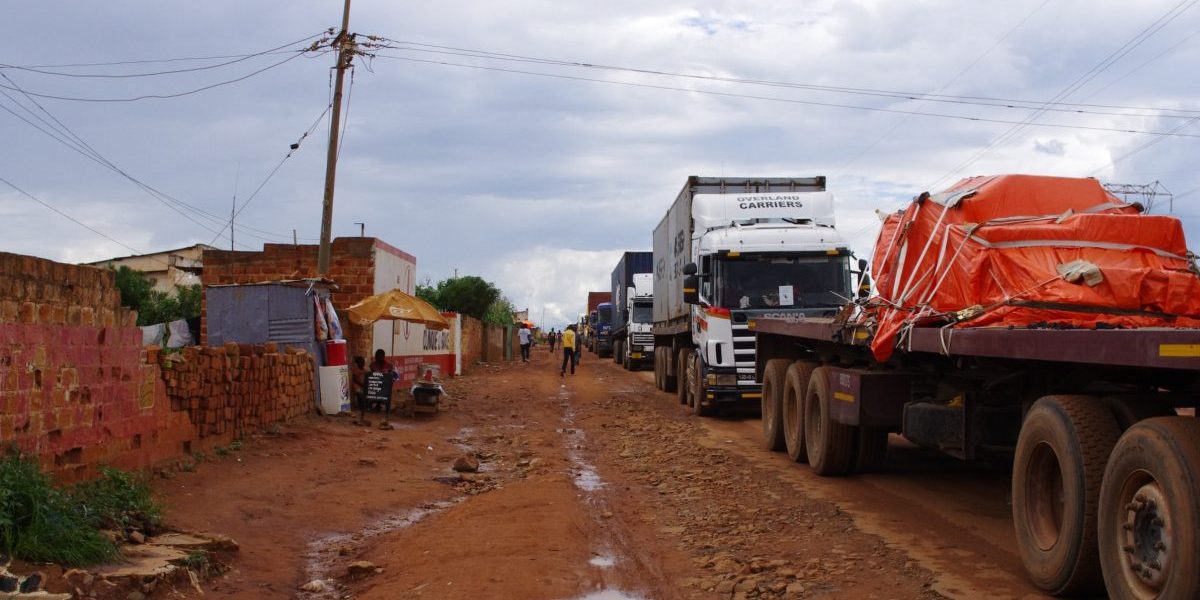Summary:
- One of the advantages of having a TFA is its ability to ensure that reforms are ‘locked in’ at a global level, particularly among key government agencies that would otherwise be reluctant to implement such changes.
- Developing and least-developed countries can allocate and notify their trade facilitation commitments based on three different categories – A, B and C. The TFA thus goes beyond non-reciprocity arrangements by providing for donor–recipient country support for trade facilitation reforms.
- Zambia ratified the TFA in December 2015 and deposited its Category A, B and C commitments in January 2016. Its trade facilitation reform activities are primarily donor funded and supported.
- Despite progress, Zambia’s efforts towards institutional reforms that facilitate and deepen trade facilitation reforms face various challenges.
- It is important to have a well-trained technocratic body of government officials and private sector players that will ultimately be independent of donor-related funding and assistance to spearhead trade facilitation projects domestically.








